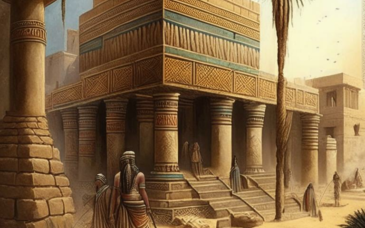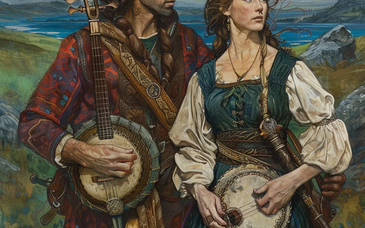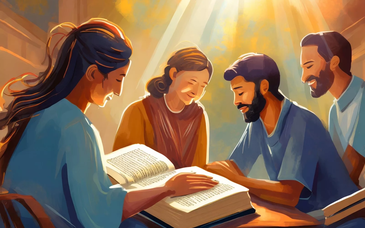Embark on a captivating intellectual journey as we delve into a series of enlightening lectures on Mesopotamia, the cradle of civilization. These thought-provoking discussions unravel the complexities of ancient Mesopotamian societies, their contributions to human civilization, and the enduring impact of this fertile crescent on the course of history.
1. Mesopotamia 101: Introduction to the Cradle of Civilization: Begin your exploration with an introductory lecture that paints a comprehensive picture of Mesopotamia—its geographical significance, early settlements, and the emergence of the world's first advanced civilizations. Uncover the roots of agriculture, governance structures, and the earliest written languages that defined this ancient land.
2. Gods, Temples, and Rituals: Mesopotamian Religion Explored: Dive into the realm of Mesopotamian religion through a lecture that dissects the intricate pantheon of gods, the construction of towering ziggurats, and the elaborate rituals that shaped the spiritual landscape of the region. Explore how religious beliefs influenced daily life, governance, and cultural practices.
3. Law Codes and Governance: Deciphering Mesopotamian Legal Systems: Examine the intricacies of Mesopotamian legal systems in a lecture dedicated to law codes such as the famous Code of Hammurabi. Unravel the principles of justice, social hierarchy, and the role of rulers in maintaining order in ancient Mesopotamia, shedding light on early forms of governance.
4. Trade, Economy, and Innovation: Mesopotamian Commerce Explored: Delve into the economic heartbeat of Mesopotamia through a lecture on trade routes, economic structures, and technological innovations that fueled the prosperity of this ancient civilization. Explore the advancements in agriculture, irrigation, and the invention of the wheel, which revolutionized commerce.
5. Cultural Achievements: Mesopotamian Art, Literature, and Science: Embark on a cultural odyssey through a lecture on Mesopotamian art, literature, and scientific achievements. From the stunning clay tablets of cuneiform script to the epic tales of Gilgamesh, discover how Mesopotamian creativity transcended artistic, literary, and scientific domains, leaving an indelible mark on human culture.
6. Urban Centers: The Splendors of Mesopotamian Cities: Step into the bustling urban centers of ancient Mesopotamia in a lecture that explores the architectural marvels of cities like Ur, Babylon, and Nineveh. Examine the layout of city-states, the construction of monumental structures, and the urban planning that characterized these ancient metropolises.
7. Mesopotamia's Enduring Legacy: Reflections on the Modern World: Conclude your intellectual journey with a lecture that reflects on the enduring legacy of Mesopotamia. Explore how the innovations, beliefs, and societal structures of ancient Mesopotamia continue to influence contemporary civilizations, inspiring ongoing studies and fostering a deeper understanding of our shared human heritage.
Mesopotamia's rich history comes to life through these engaging lectures, offering a nuanced perspective on the cradle of civilization. As we unravel the layers of ancient Mesopotamian societies, we gain insights into the foundations of human progress and the intricate tapestry that connects the past to our present.






